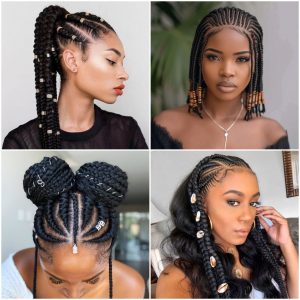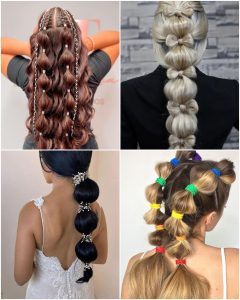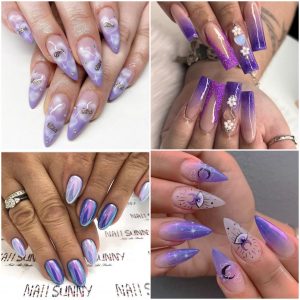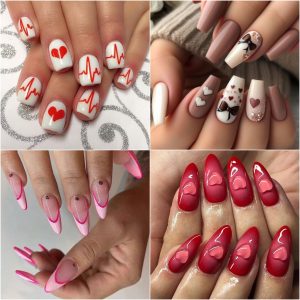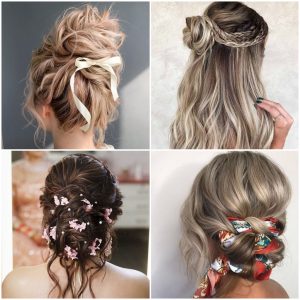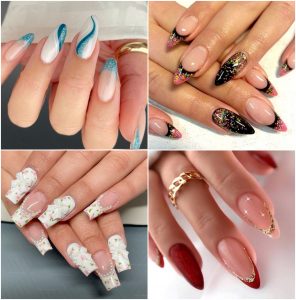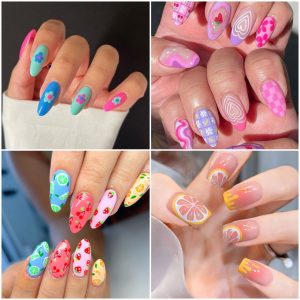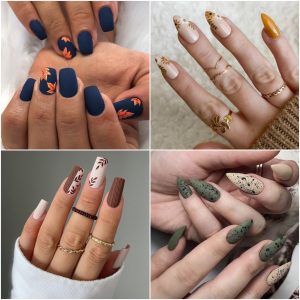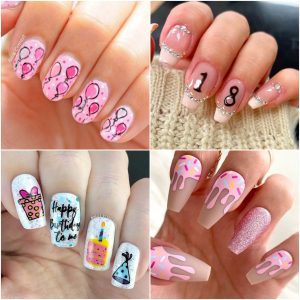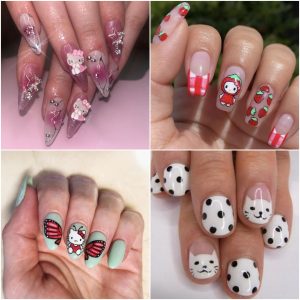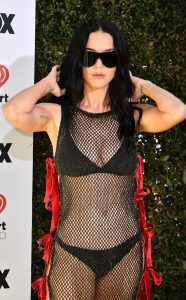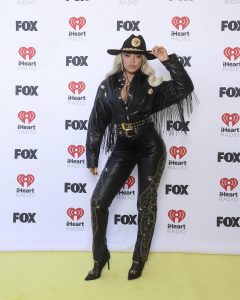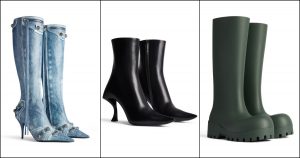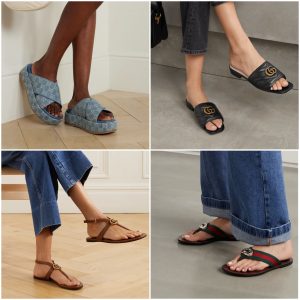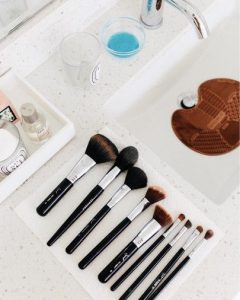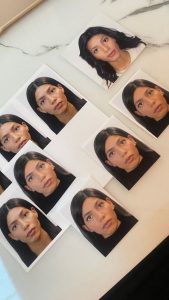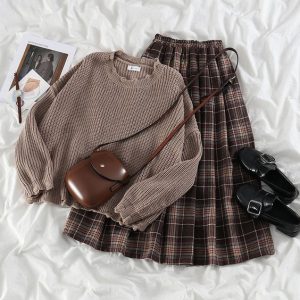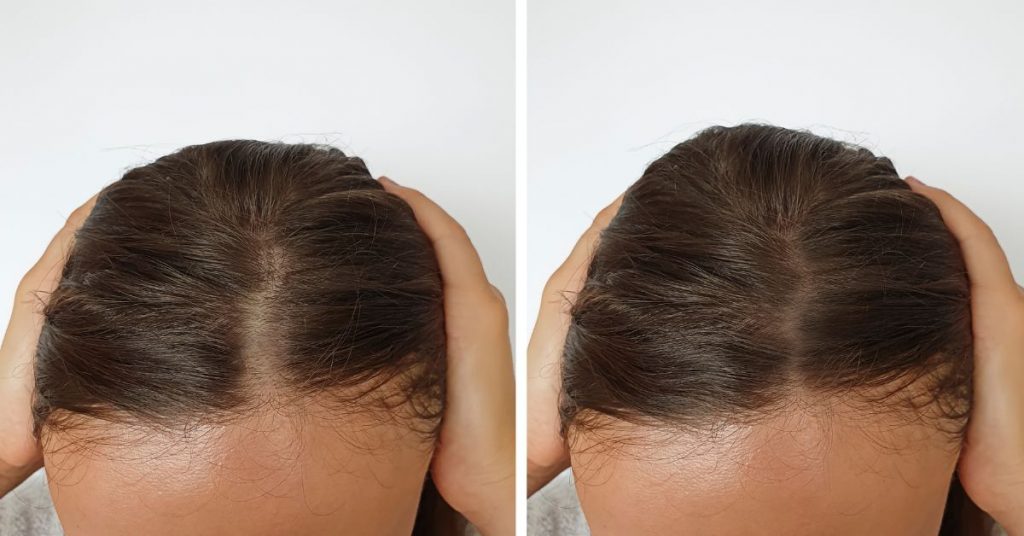
Hair has always been a symbol of beauty, confidence, and identity for women. However, for many women, the struggle with thinning hair can be emotionally distressing and impact their self-esteem.
Thinning hair in women is more common than you might think, affecting millions of individuals worldwide. It’s pretty acceptable to lose 50-100, according to the American Academy of Dermatology (AAD). However, losing more than this is what leads to sparse spots on the head.
In this comprehensive guide, we’ll explore everything you need to know about hair care for women with thinning hair.
The terms hair loss and hair thinning are more often than not muddled up, yet the two are very distinct, right from their causes to how they manifest.
Hair thinning is often caused by hormonal changes, aging, genetics, deficiency, PCOS, and menopause. On a biological level, these factors lead to a higher level of male hormones in the females, which then causes your hair follicle to shrink, reduces the growth period ( between shedding and growing), and eventually causes your hair to start thinning. In simple terms, hair thinning is when your hair loses its density.
When this happens, you will notice that your hair starts becoming thinner, more brittle, and sheds faster. Thinning starts on the sides, parting line, and at the crown.
Hair loss, on the other hand, is just that – losing hair from the root. Lifestyle habits, stress, hormonal changes, or certain medications cause it.
Fortunately, hair loss and thinning happen gradually, so you can observe and pinpoint the trigger and figure out the best measures to take.
Now that we know the difference between the two let’s delve deep into what causes hair thinning and what treatment measures you can take.
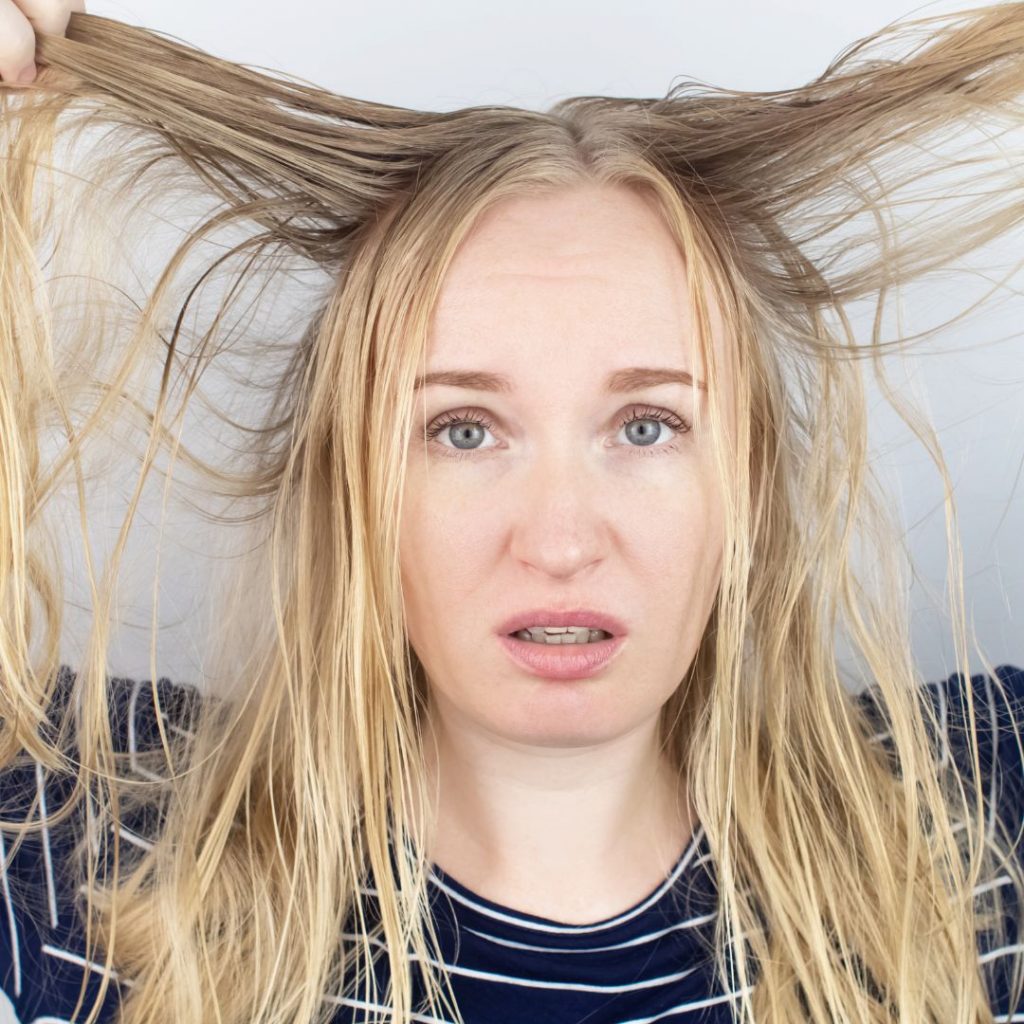
As mentioned earlier, thinning hair is a condition characterized by a decrease in the density and thickness of hair and can be caused by a variety of factors, including hormonal changes, genetics, nutritional deficiencies, and medical conditions.
Here are some of the major causes:
Hormonal changes in women come with so many effects, from weight gain and low libido to hair thinning. This is true for hormonal fluctuations, such as those during pregnancy, menopause, or thyroid disorders.
Scientists have found that hair thinning could also be caused by a genetic condition called the female pattern of androgenic alopecia. If you inherit these genes from one of your parents, you are more likely to start thinning hair in your 40s or 50s as menopause tends to aggravate it.
The body needs the right amount of nutrients to create and maintain healthy hair and hair follicles. Consequently, a lack of essential nutrients such as zinc, iron, fatty acids, vitamin D, selenium, and proteins can result in thinning hair.
Certain medical conditions have also been linked to hair thinning, like those that cause hormone fluctuations like polycystic ovary syndrome (PCOS) and those that affect immunity like autoimmune diseases.
Other common causes of hair thinning include crash dieting, wrong use of hair products, overuse of damaging hair products, and excessively using tools such as dryers and other heat devices.
Embracing and caring for thinning hair is a journey that requires a blend of patience, knowledge, and the right techniques. In this section, we delve into how to care for your thinning mane to help you achieve fuller, more resilient tresses.
Choosing the right products is crucial for maintaining and improving the condition of thinning hair. We recommend investing in products that are gentle, nourishing, and formulated to thicken the hair.
When shopping around for products:
Ask your doctor for a prescription if you need help determining what products to use.

Incorporate these daily practices into your hair care routine to ensure the best care for your thinning hair:
Wash your hair 2-3 times a week to prevent over-cleansing, which can strip away natural oils, and remember to use lukewarm water, as hot water can be harsh on your scalp and hair.
Because your hair is thin and brittle, you want to be gentle when detangling or brushing it to avoid breakage. In the same breath, be sure only to use a wide-toothed comb or a brush with soft bristles to prevent breakage.
We don’t recommend using heat to style your hair when thinning, but if you must, we strongly suggest you limit the use. This is mainly for hot styling tools like straighteners and curling irons, which require much more heat to work best.
How you care for your hair when you go to bed also matters when dealing with thinning strands. You must be intentional in how you routinely tender to it.
For instance, use a wide-tooth comb with soft bristles to gently detangle instead of regular brushing to prevent breakage. Also, put your hair in a light bun or ponytail before going to bed and sleeping on a silk pillowcase.
Related Posts
Choosing the right hairstyles and haircuts can make a significant difference in the appearance of thinning hair. With the right hairstyle, one can never tell that your hair is sparse.
The trick with hairstyles is to not go for the trend but to consider haircuts and hairstyles that add volume, such as
a. Layered cuts
b. Pixie cuts
c. Bob hairstyles
d. Beachy waves
Along with the right hairstyles, we recommend using accessories strategically. You want to use accessories like headbands, scarves, and hairpins that help create the illusion of thicker hair.
You can also camouflage your sparse hair using fibers or concealers, such as toppers, that temporarily boost hair volume. Stay open to exploring alternatives like weaves and wigs if your esteem goes downhill.
Nourishing your hair from the inside involves paying attention to your diet and, in some cases, considering supplements designed to promote hair health. This is because what you put into your body has a profound impact on the health and vitality of your hair.
Because hair is primarily composed of a protein called keratin, ensuring you have an adequate intake of protein is crucial. Other important nutrients include vitamins, biotin, collagen, iron, and fatty acids.
In addition, drinking enough water keeps your scalp and hair follicles hydrated, promoting hair growth and preventing brittleness.
In some cases, even a well-balanced diet may not provide you with all the nutrients your hair needs for optimal health. This is where supplements can be beneficial.
We recommend that you first consult with a healthcare professional before starting any supplement regimen to ensure they are safe and appropriate for your specific situation.
Remember that supplements should complement a healthy diet and not replace it, so it’s important that you maintain a balanced diet as your primary source of essential nutrients even as you take supplements.
One of the easiest and perhaps effective ways ( when done correctly) to combat thinning hair is to get a regular scalp massage. Although it does not address causes like medical conditions, it is a pretty affordable treatment for thinning hair.
You can get the message done at a spa, or you can do it yourself. Apply some gentle pressure on your scalp using the tips of your fingers. This encourages blood flow to the hair follicles to promote healthy hair growth.
You can also use a handheld scalp message if you have one.
Absolutely yes!
Thinning can grow back even after a long battle. However, you must first figure out the cause and then deal with the underlying cause as you practice a good hair care routine.
That said, we first recommend you consult a doctor to rule out any medical conditions that could be causing the thinning.
There is no definite time for how long hair will grow back after thinning, as that purely depends on your genetics and the treatments you choose.
Taking care of thinning hair is a journey, and results may take time. By seeking professional help where necessary and taking the above proactive steps to promote hair health, you can restore your hair.










